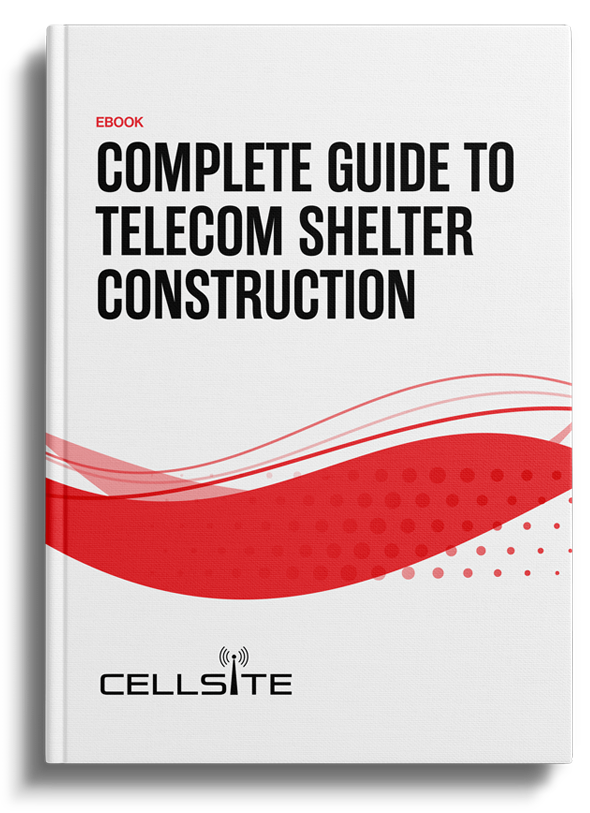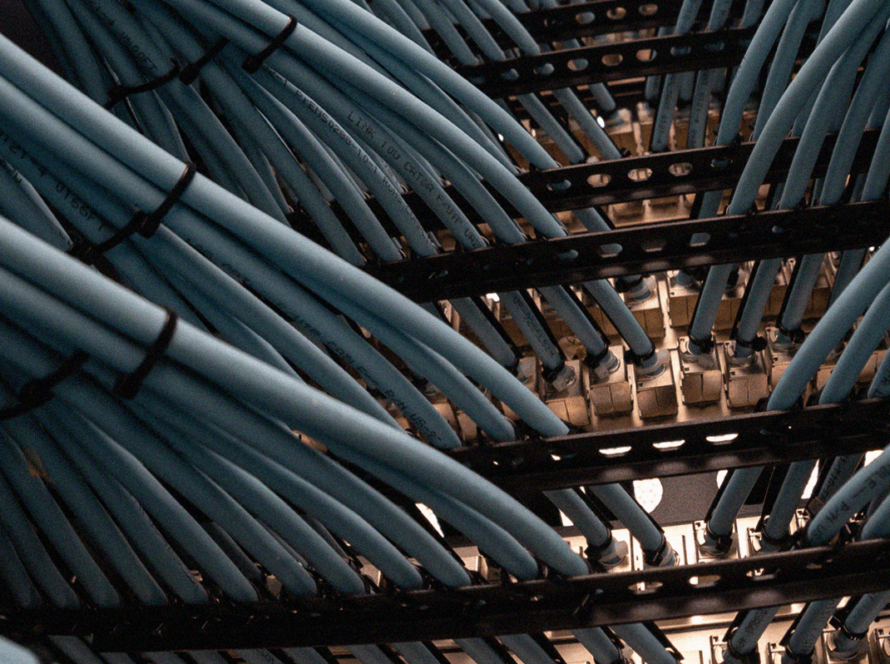Telecommunications plays a vital role in managing the flow of information among businesses, public agencies, and private households. To ensure an uninterrupted high-speed internet connection to customers, telecom operators must deploy outdoor concrete communication buildings to house power equipment systems to keep the internet up and running. These specialized facilities come with ever-growing onsite operational issues— chief among them being remaining safe from extreme weather conditions like heat or cold.
The most efficient way to do this is by installing durable HVAC units that can withstand harsh environmental conditions while still providing balanced temperatures internally to either cool those systems or keep them at a fixed temperature during the colder months of the year so that they continue to run. Let’s discuss the importance of HVAC systems in telecom equipment shelters and why they are essential to the successful operation of these structures.
What is an HVAC System
HVAC stands for heating, ventilation, and air conditioning. It is a system that regulates the temperature, humidity, and air quality inside a building or structure. In order to keep temperatures consistent and reduce energy costs, most commercial buildings use an HVAC system to maintain optimal indoor climate conditions. Without environmental control, vital communications networks are left vulnerable to failure and costly disruptions. Equipping your telecom shelter with HVAC units is essential in weatherproofing business operations — so data can keep flowing no matter what mother nature has in store.
Why Are They Important in Telecom Shelters?
Concrete telecom shelters are designed to protect sensitive electronic equipment from extreme temperatures, dust, and moisture. To do this effectively, telecom shelters need an effective HVAC system to ensure that temperatures remain within acceptable limits at all times. Without an HVAC system, the shelter may become too hot or too cold for the electronic equipment it houses—leading to operational failure or reduced efficiency. Additionally, excess moisture can cause condensation on electrical components and create dangerous situations for personnel working in the shelter.
In addition to keeping temperatures within acceptable ranges, an effective HVAC system should also be able to control humidity levels. High levels of humidity can damage electrical components over time due to corrosion caused by moisture buildup on their surfaces. This corrosion can lead to reduced lifespan of critical internal electronic components.
How CellSite Solutions Meets Your HVAC Needs
HVAC systems are essential for any fiber hut because they help regulate temperature, humidity, and air quality inside the hut—all of which can have a significant impact on the performance of sensitive electronic equipment housed inside. Installing an effective HVAC system ensures that your equipment remains safe from extreme temperatures and maintains its optimal performance level over time—helping you get maximum value out of your infrastructure investment.
CellSite Solutions can help you procure, install, replace, and maintain your telecom shelter HVAC units ensuring that your equipment stays operational under any conditions. With CellSite’s help along with proper maintenance and regular inspection by experienced technicians, you can ensure your telecom shelter’s internal temperature operations will remain regulated and will continue to run smoothly for many years to come.
Download FREE eBook
Telecom shelter construction involves more than just building a structure from the ground up. Whether you’re a telecom professional or simply curious about the process, this resource offers valuable insights.




